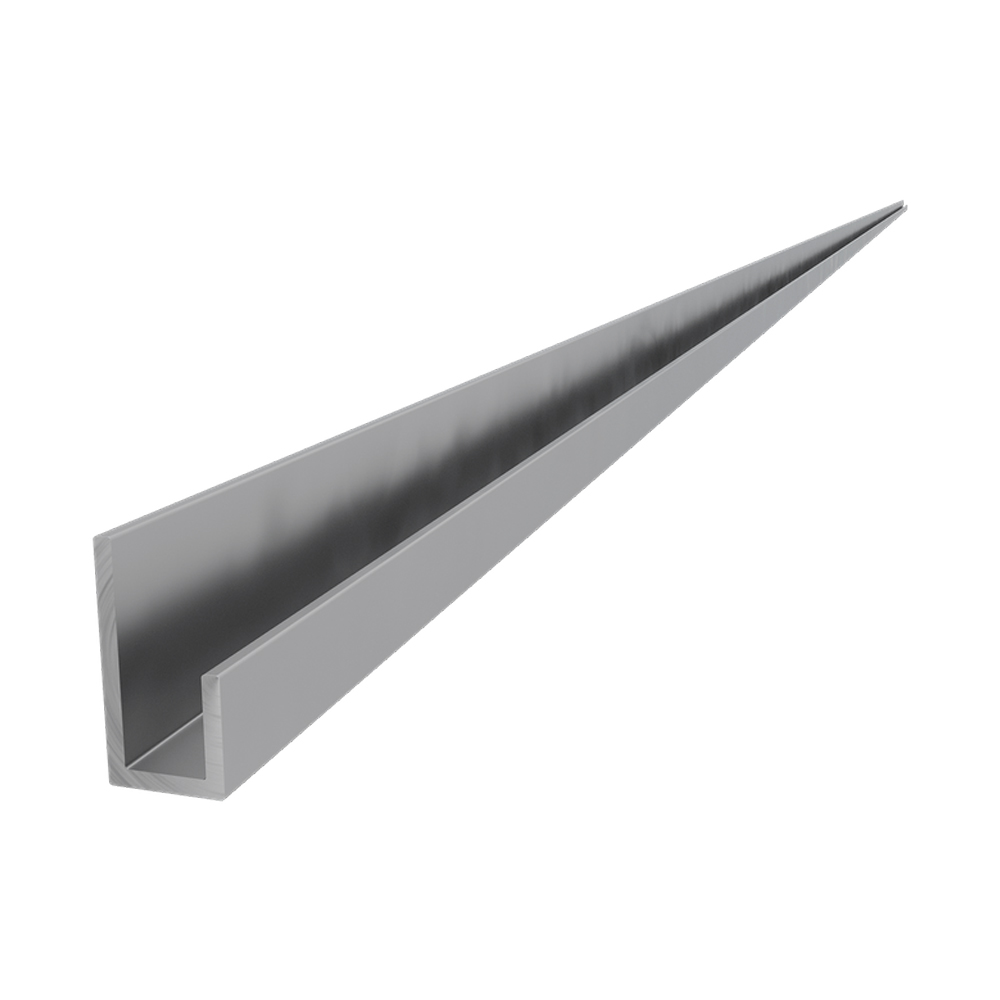
#Mass loaded vinyl vs rockwool install#
In fact, it could be considered fire-blocking since, well, it’s rock, so when you install it in your home at least you know that it won’t help spread a fire.
#Mass loaded vinyl vs rockwool skin#
The benefit of rockwool is that not only does it have the highest sound insulation capabilities of the typically used insulation materials because of how dense it is (spray foam, fiberglass, cellulose, etc.), but it’s also extremely affordable and you can install it yourself since it’s not toxic, won’t harm your skin like spray foam or fiberglass, and it’s not flammable.

Of course, fiberglass is also being used for making acoustic panels, but that’s beside the point. Rockwool can also be used for acoustic treatment and, in fact, it’s what most people, including myself, use for treating the acoustics of their home studio since it’s fantastic at absorbing sound, much more so than acoustic foam. So, the higher the STC rating, the better (but more on this later on). The STC Rating refers to the amount of noise that is being reduced in decibels One point increase in the STC rating represents a 1dB noise reduction. When put inside a typical interior wall with ½” of drywall on either side, which has an STC rating of 34 on its own, adding rockwool insulation will increase that STC rating to 45, which is much higher than any of the alternatives out there (spray foam and fiberglass have a rating of 39). Luckily, since it’s made of rock, once it dries it’s as good as new. It’s not impermeable to water or vapor, and although it doesn’t absorb water like other types of wool, if it gets wet it won’t be able to insulate as well as when it’s dry. Rockwool is a great sound absorber since it’s thick and has a lot of air pockets inside of it, and it’s also worth mentioning that you can get different densities and thicknesses depending on your needs (the thicker it is, the more sound it will absorb). Now let’s see how fiberglass and rockwool do as far as soundproofing goes: RockwoolĪlso known as mineral wool, rockwool is literally what the word implies: Rock fibers (volcanic rock and slag) which are spun and then given a specific shape (batt, pipe and board forms).

You can learn more about the differences between soundproofing and acoustic treatment here. When trying to reduce outside noise, we’re talking about soundproofing, but if you want to remove the “echo” in a room, like it can typically be heard in a big & empty one, then we would need materials that absorb sound.


For example, drywall and rockwool used together. Sound absorption materials, while not being great for soundproofing purposes on their own, may still help with it, which is why you might want to use it in conjunction with sound-blocking materials to achieve the best results. to reduce the “echo”, or reverberation, inside of a room. Sound Absorption, on the other hand, relies on materials that are good at absorbing sound, such as acoustic panels, acoustic blankets, etc. To do this you will need to use materials that are designed to not let sound through, like drywall. Soundproofing is the process of isolating or blocking the sound, not allowing it to enter or to leave a room.


 0 kommentar(er)
0 kommentar(er)
